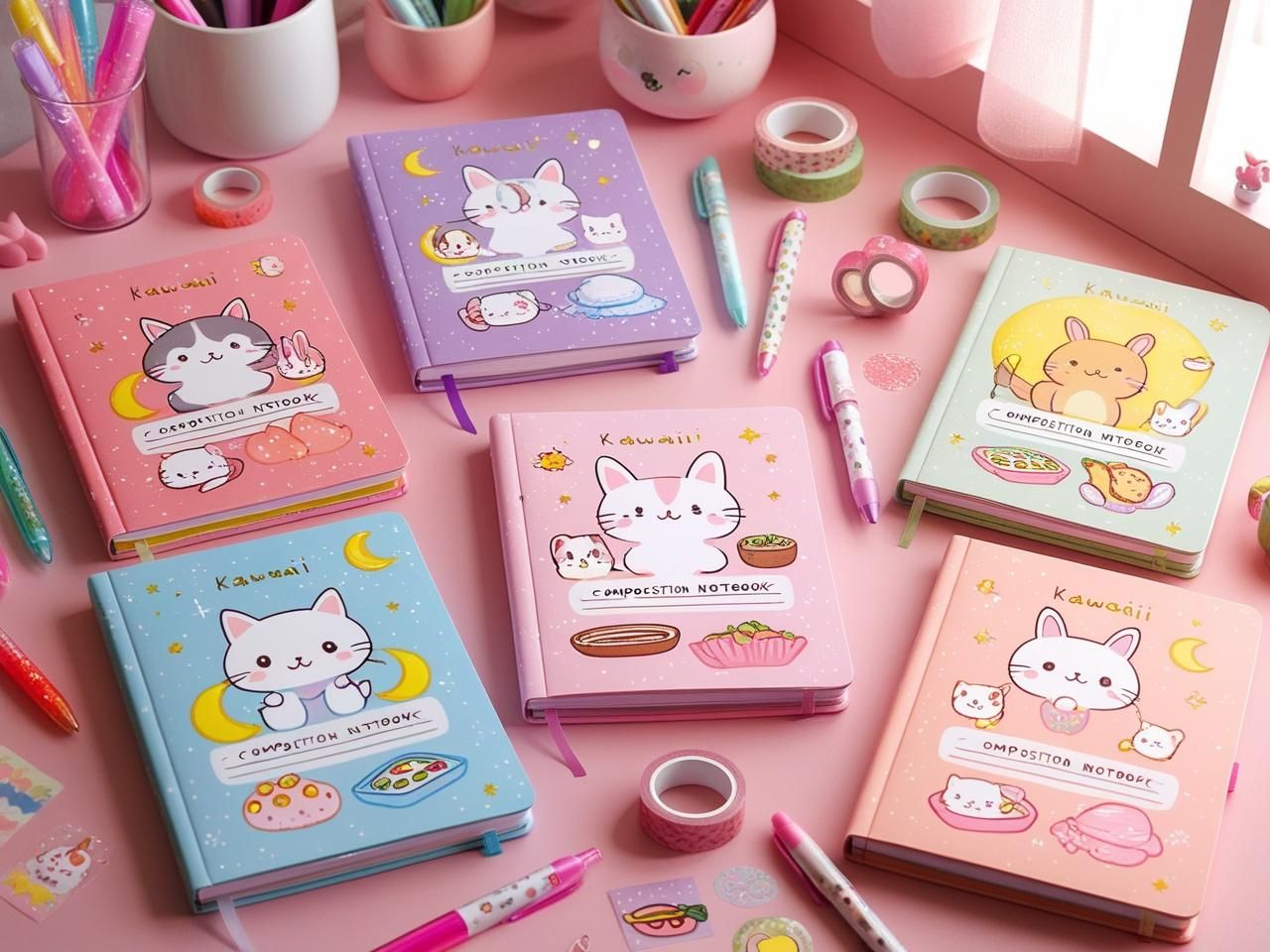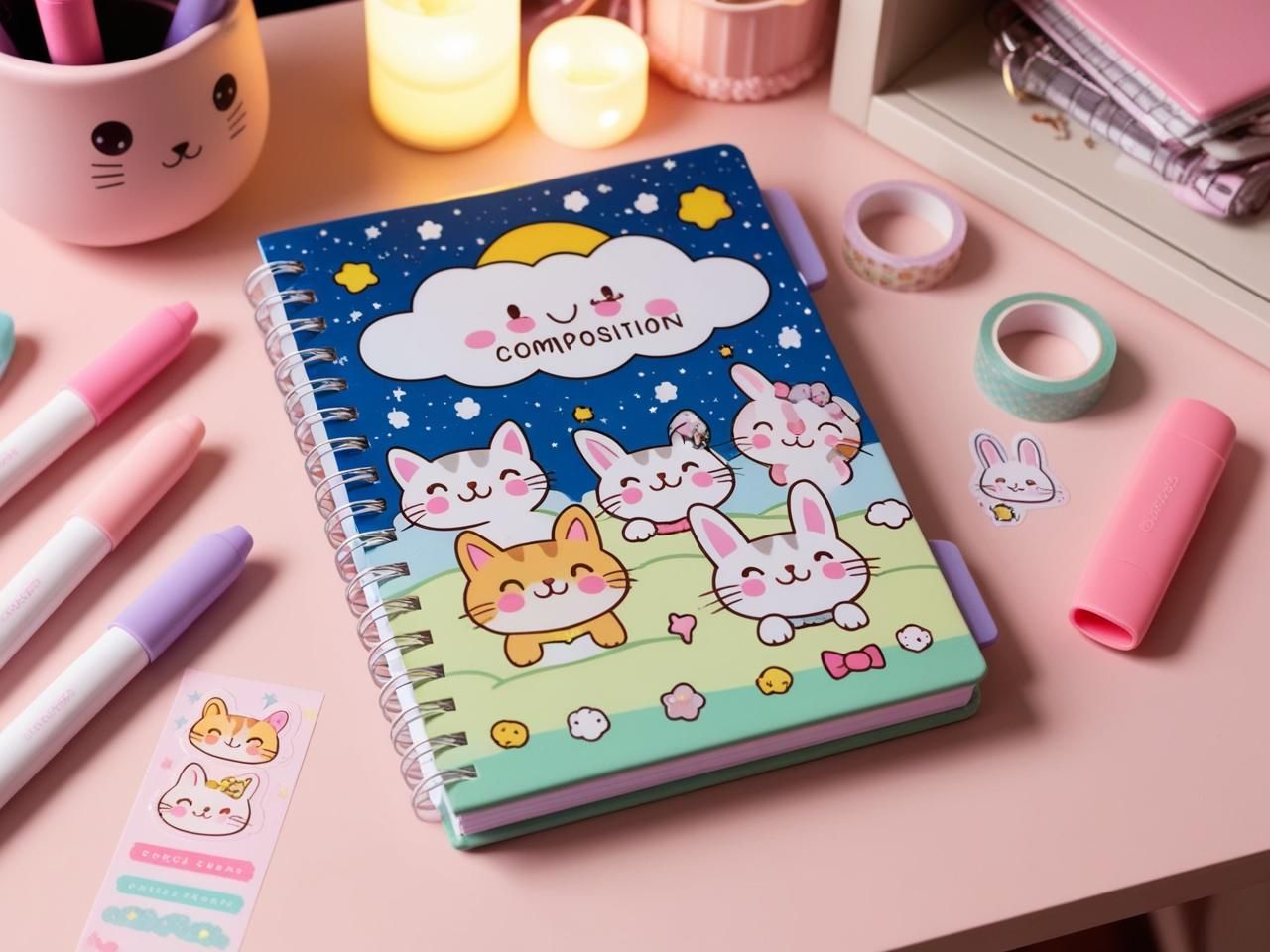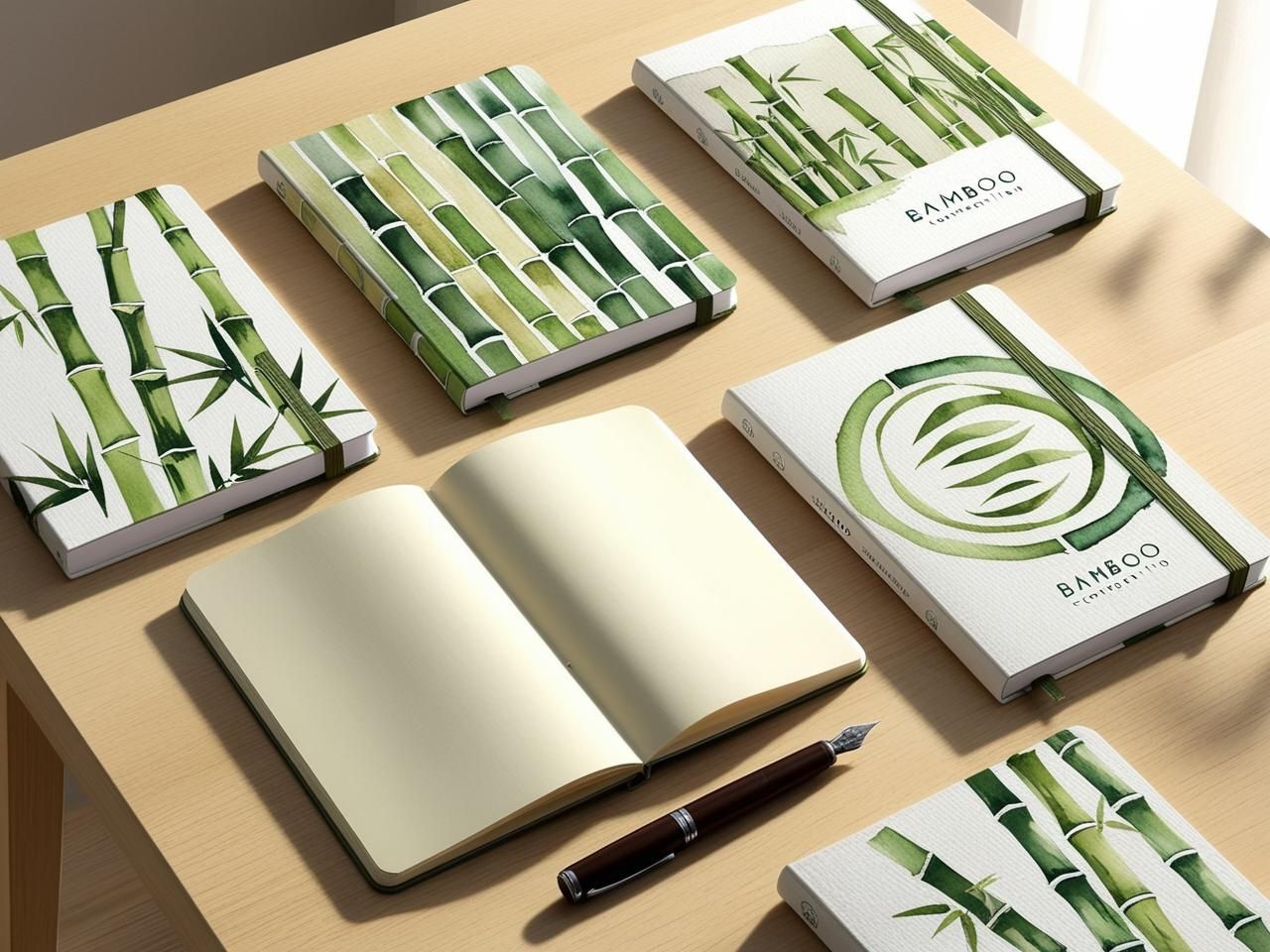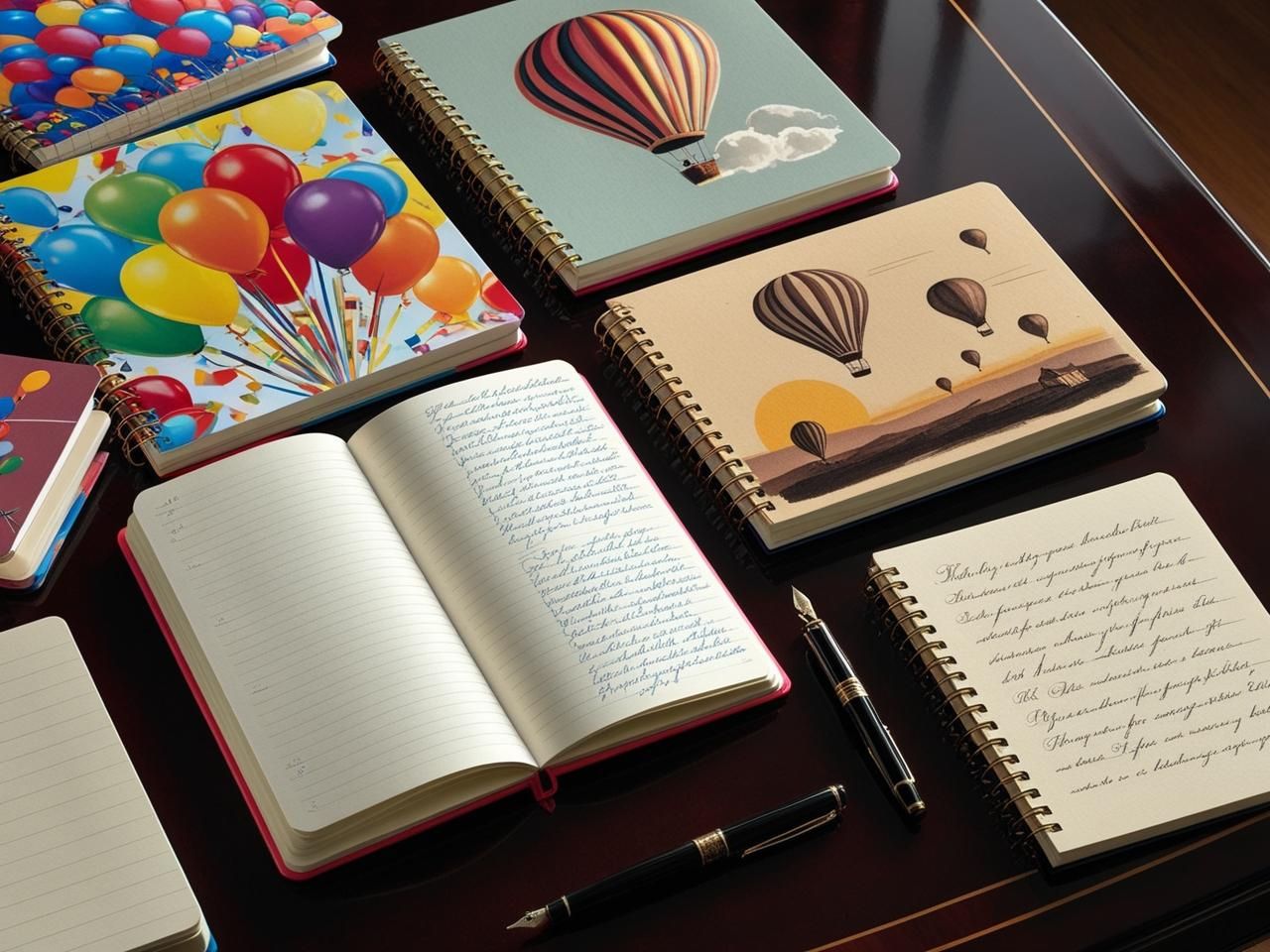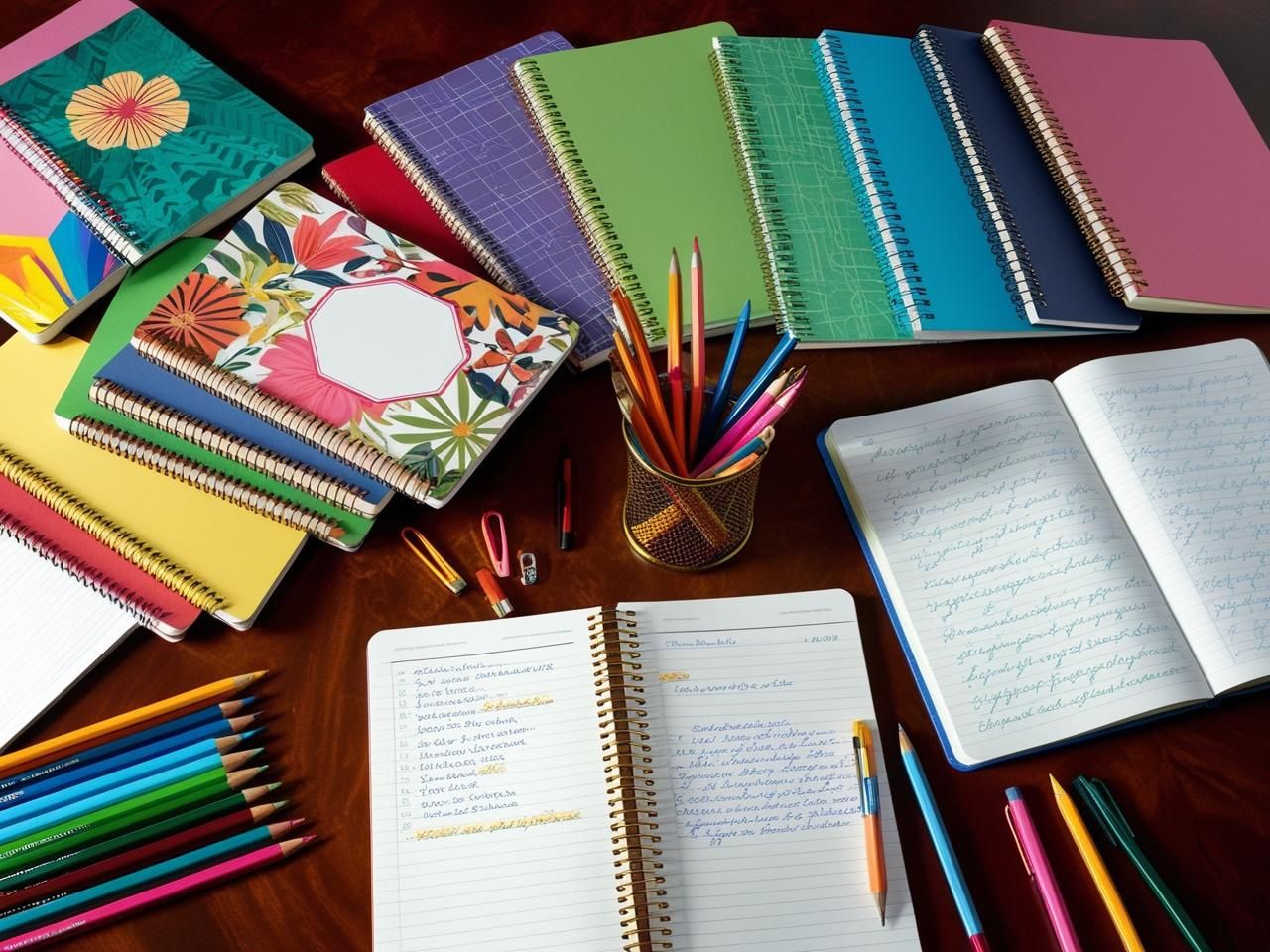- COMPOSITION NOTEBOOK
- Guides
- Wide Ruled Composition Notebooks for Mind Mapping: Unlocking Creativity and Organization
Wide Ruled Composition Notebooks for Mind Mapping: Unlocking Creativity and Organization
- Category: Guides ,
- Tags: Creative, Mind Mapping, Wide Ruled

Mind mapping is an excellent way to visually organize thoughts, brainstorm new ideas, and solve problems efficiently. While many assume that blank or dot-grid pages are the best options for this technique, wide ruled composition notebooks offer a structured yet flexible layout that enhances both creativity and organization. Whether you are a student, professional, or creative thinker, using a wide ruled composition notebook for mind mapping can provide a balanced approach that supports both structured note-taking and visual thinking.
Table of Contents
ToggleWhy Use Wide Ruled Composition Notebooks for Mind Mapping?
Offers Structure Without Restricting Creativity
Wide ruled pages help maintain an orderly layout while leaving room for freeform diagrams. Unlike blank pages that may feel too unstructured, pre-lined composition notebooks guide note-takers while still allowing creative freedom.
Enhances Legibility & Readability
The larger line spacing makes it easier to write clearly and connect ideas without overcrowding the page. This is especially useful for individuals who prefer a more structured approach to brainstorming.
Supports Both Linear & Non-Linear Thinking
Some people process information best through structured outlines, while others prefer a more non-linear, mind-mapping approach. A wide ruled composition notebook accommodates both styles, making it a versatile choice.
Encourages Review & Revision
Since wide ruled pages provide clear demarcation for text, it’s easier to review past mind maps and add extra notes or summaries without making the pages look cluttered.
How to Create an Effective Mind Map in a Wide Ruled Composition Notebook
Step 1: Start with a Central Idea
Begin by writing the main topic or question in the center of the page. Use bold text, underlining, or different ink colors to make it stand out.
Step 2: Branch Out with Key Themes
Draw lines outward from the central idea and label them with main themes or categories related to the topic. These serve as your foundational branches.
Step 3: Use Arrows and Connectors
To establish relationships between different ideas, use arrows, connectors, or color-coded lines to show logical connections and hierarchies.
Step 4: Expand with Additional Details
Under each branch, write supporting ideas, examples, or key facts. Use bullet points or numbered lists to keep things organized.
Step 5: Review & Refine
After completing your mind map, take a few moments to assess patterns and relationships between concepts. Add highlights, sticky notes, or additional colors for clarity.
Best Strategies for Brainstorming Using a Wide Ruled Composition Notebook
Using Color-Coding for Clarity
To make mind maps visually engaging and easy to interpret, assign colors to different types of information:
- Blue – Main ideas or chapter titles
- Green – Key facts and supporting details
- Red – Important points or concepts that require extra focus
- Yellow – Personal reflections or areas that need further study
Combining Mind Mapping with Linear Notes
Mind maps work best when supplemented with linear notes on the adjacent page. This allows for a more comprehensive approach where visual learners can use diagrams, while structured thinkers can keep written summaries.
Layering Information for Long-Term Brainstorming
Using sticky notes or margin annotations helps in adding new ideas without disrupting the original mind map. Sticky notes are especially useful for evolving ideas over time.
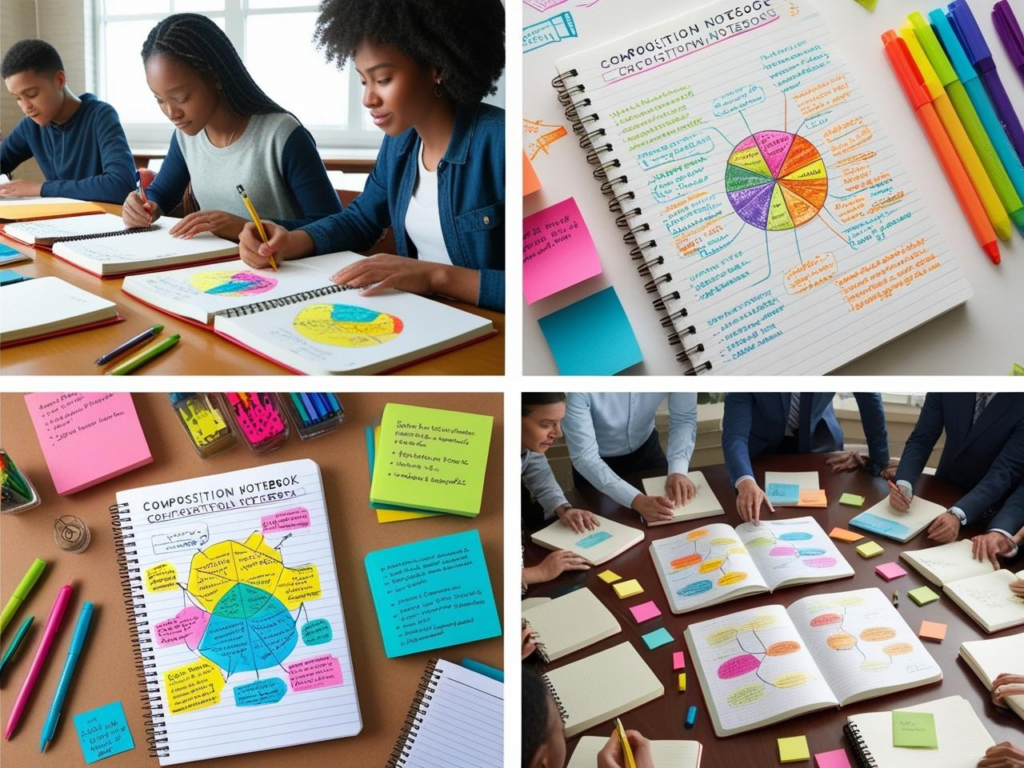
Why Wide Ruled Notebooks Are Ideal for Idea Organization
Prevents Visual Overload
One of the main benefits of using a wide ruled composition notebook is that it prevents pages from feeling cluttered. The structured layout ensures each element has its space, making it easier to revisit and refine ideas.
Works Well for Various Note-Taking Methods
Whether you prefer traditional outlining, the Cornell Method, or flowcharting, a wide ruled notebook offers enough flexibility to support different brainstorming styles.
Best Wide Ruled Composition Notebooks for Mind Mapping
Five Star Advance Composition Notebook
Best for: Frequent brainstorming and note-taking.
Features: Durable binding, high-quality paper, and lay-flat design.
Oxford Wide Ruled Notebook with Pockets
Best for: Organized thinkers who need extra storage for notes.
Features: Built-in folder pockets, sturdy cover, and ruled pages for structured mapping.
Decomposition Book (Eco-Friendly)
Best for: Creative individuals looking for a sustainable option.
Features: 100% recycled materials, stylish covers, and strong binding.
Where to Buy the Best Wide Ruled Composition Notebooks
- Amazon – Offers the widest selection with fast shipping.
- Walmart & Target – Affordable options with a variety of designs.
- Staples & Office Depot – Premium notebooks for business and professional use.
RELATED POST
Composition Notebook by Pieffeweb | Cookie Policy | Privacy Policy | Disclaimer

